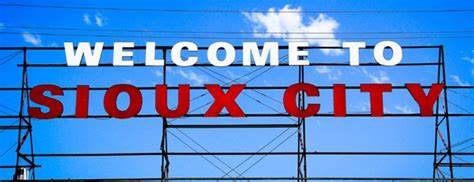Founded in 1883, the W.H. Over museum is the oldest museum in the state of South Dakota. Existing in Vermillion for 136 years, it receives no state or federal funding. Located across from the Dakota
Founded in 1883, the W.H. Over museum is the oldest museum in the state of South Dakota. Existing in Vermillion for 136 years, it receives no state or federal funding.
Located across from the Dakota Dome, on the University of South Dakota campus, admission is free, but donations are accepted. And trust me these charitable donations go a long way to preserving and researching cultural and natural history of the Dakotas.
Who was W.H.?
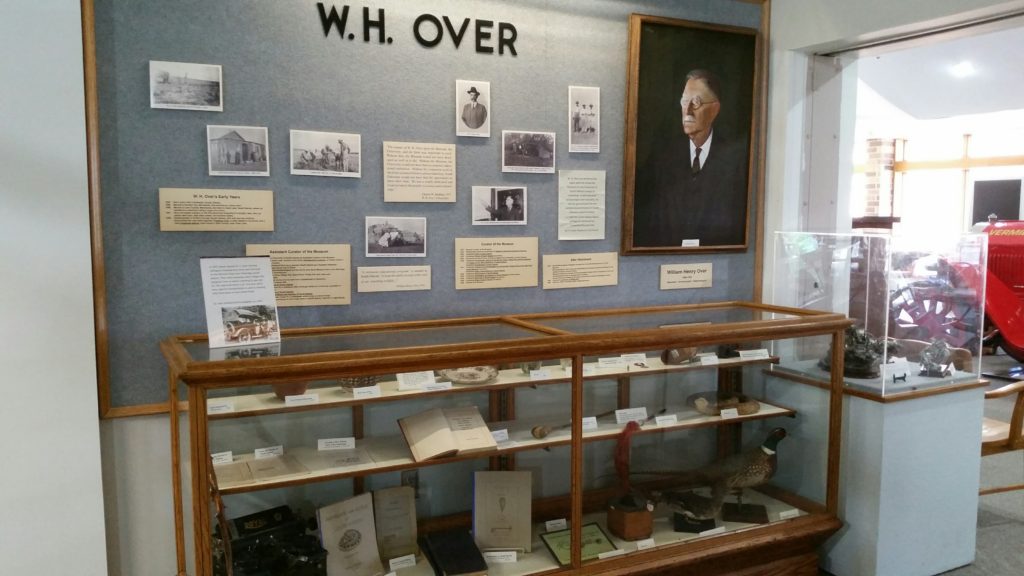
William Henry, also known as, W.H. Over, was an innovative pioneer in the field of botany. A natural historian, with only an 8th grade education, Over was the first botanist in the state of South Dakota to develop a manual of the state’s flora. Living in Vermillion from 1913 to 1956, he established the University Herbarium, served as the first Assistant Curator and full Curator of the University Museum, and was awarded an Honorary Doctor of Science degree in 1936. Afterwards, Over went on to publish “Wild Flowers of South Dakota” in 1942, documenting the expansive array of fauna in his home state.
my first visit 15 years ago vs. summer 2019
I remember making my first visit here in 2004 while I was attending the University of South Dakota, and it looked like 1970s throwback. But on this visit two months ago, they really outdid themselves! It looks modern, updated, and something that you’d see in a larger city, or even a metropolis. I was very impressed.
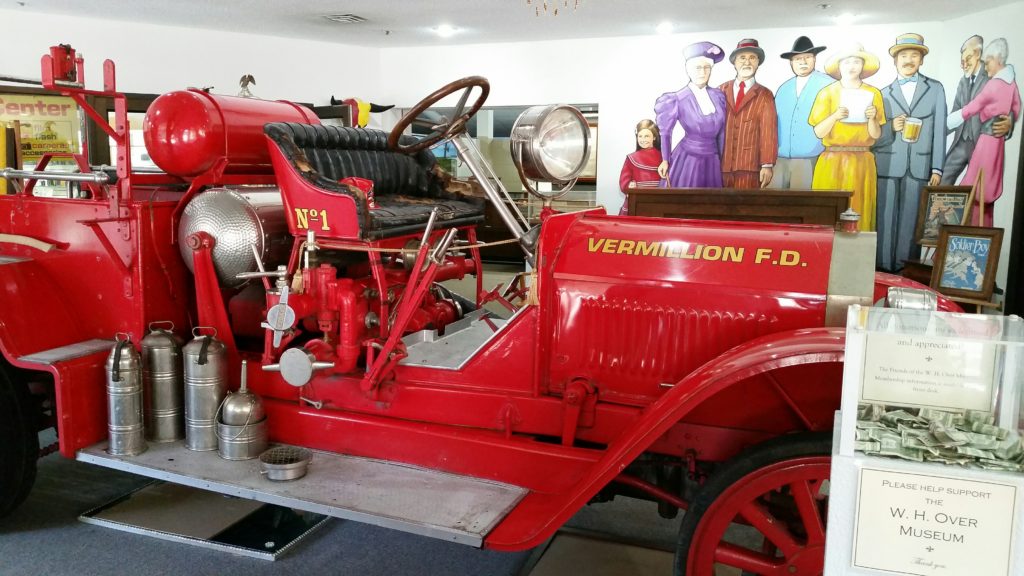
kid zone
When you first walk in, off to the right, is a children’s playroom. I love that this is made available to parents who may want to enjoy the museum, while their kids are entertained.

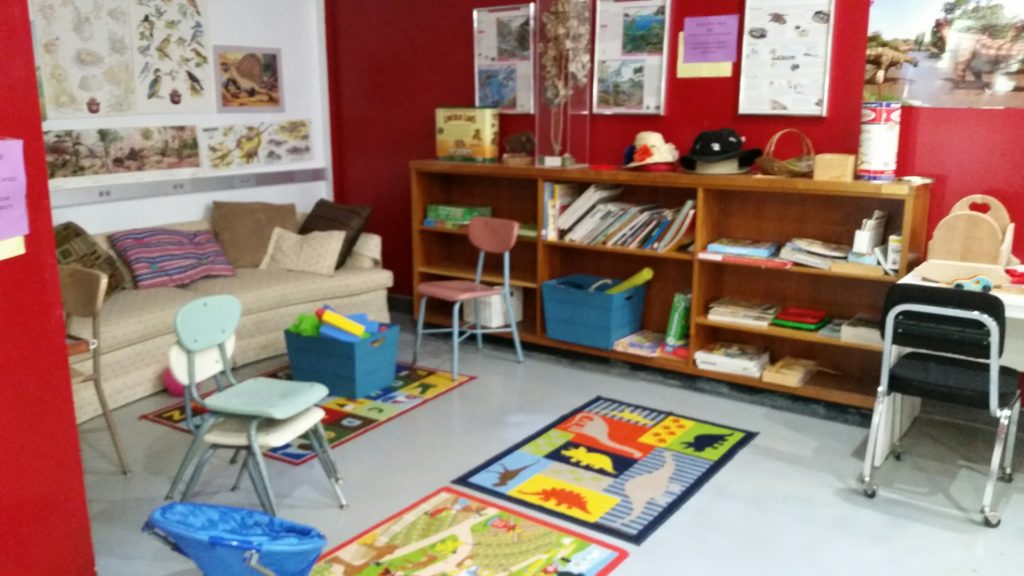
Native american exhibits
On display are specimens and artifacts that showcase the societies that inhabited this area. Their art, tools, and weapons are presented here. There’s even a life-size (and a miniature) replica of these diverse communities.
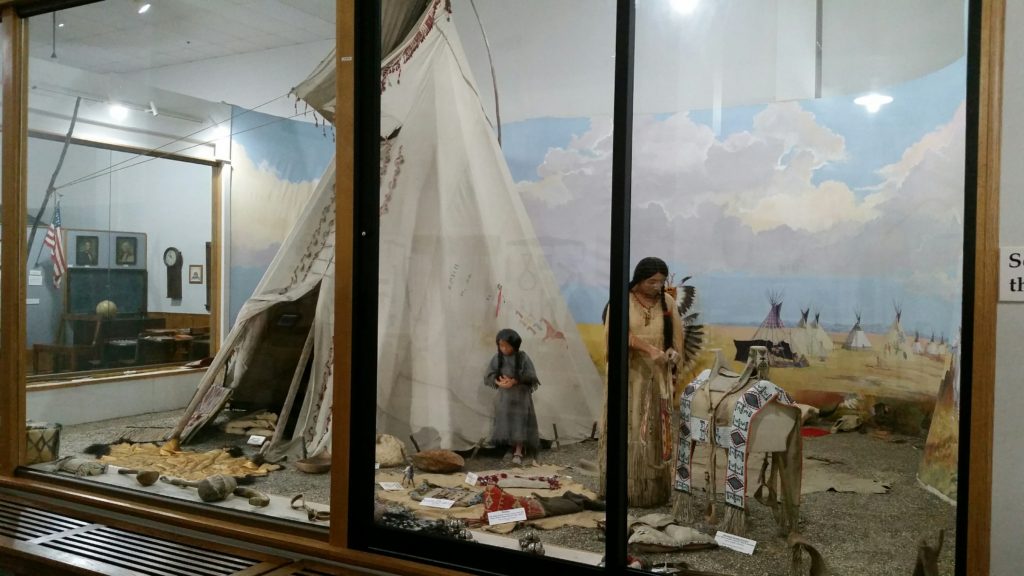
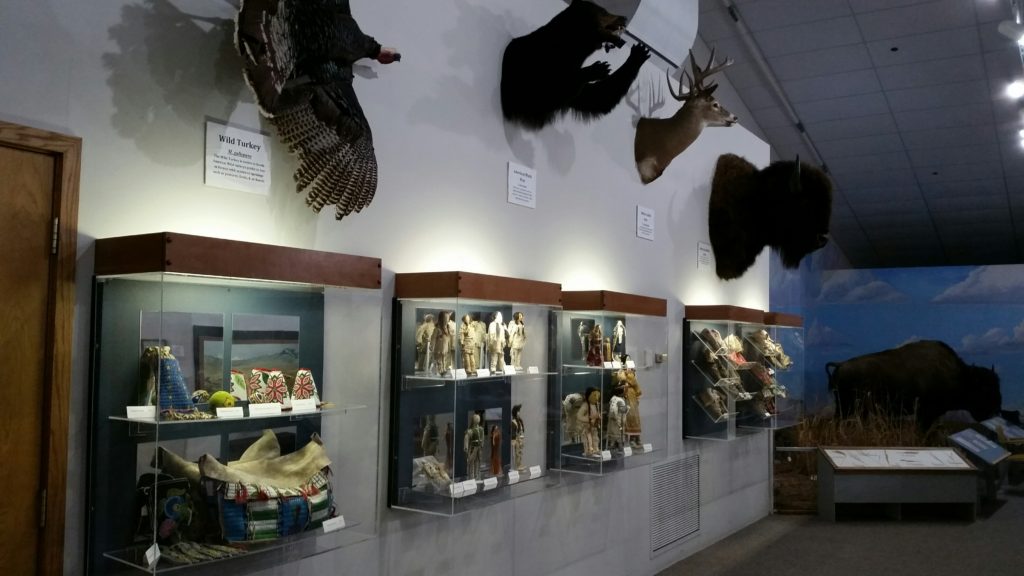

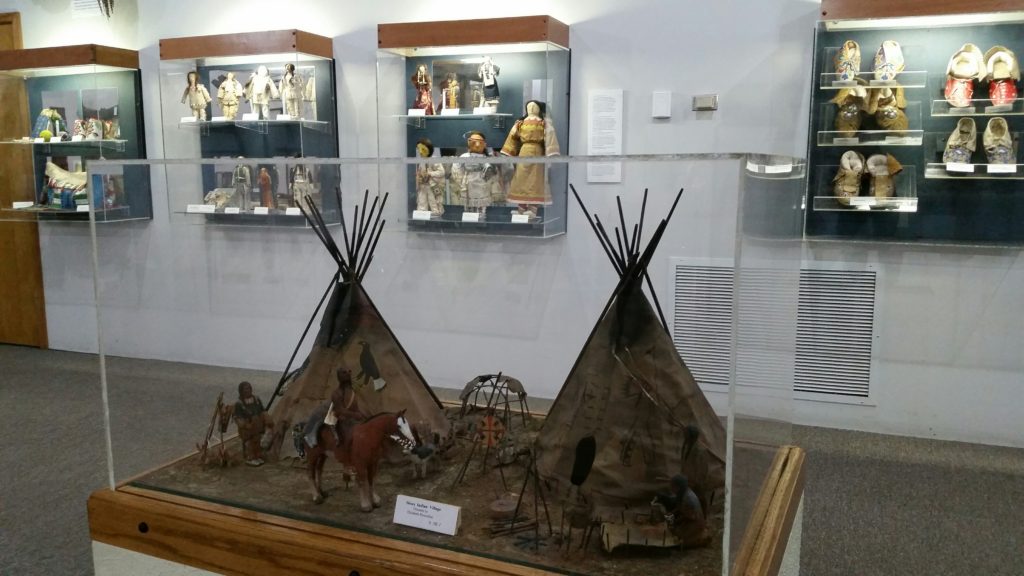
Bands of Native Americans such as the Sioux, Cherokee and Iroquois populated Southeast South Dakota. Vermillion appeared much different than it does now. There’s even an outline of what South Dakota, and the United States, looked like thousands of years ago. Completely submerged and underwater!
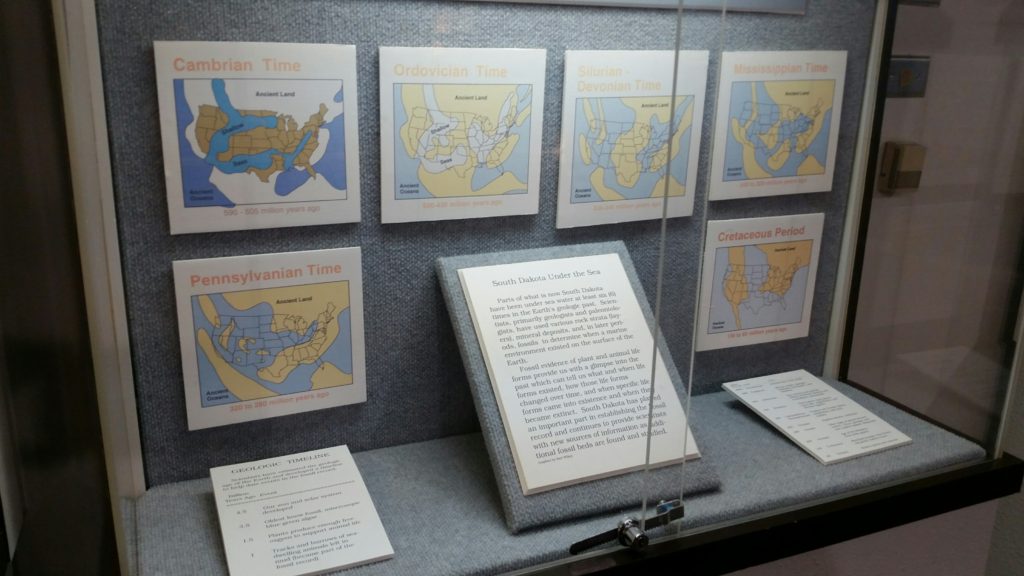
ancient fossils
Extensive scientific research has been undertaken to study and understand the organisms that helped design and support the Dakotas. Prehistoric turtles, and even extinct camels once thrived on the vast prairies of South Dakota.
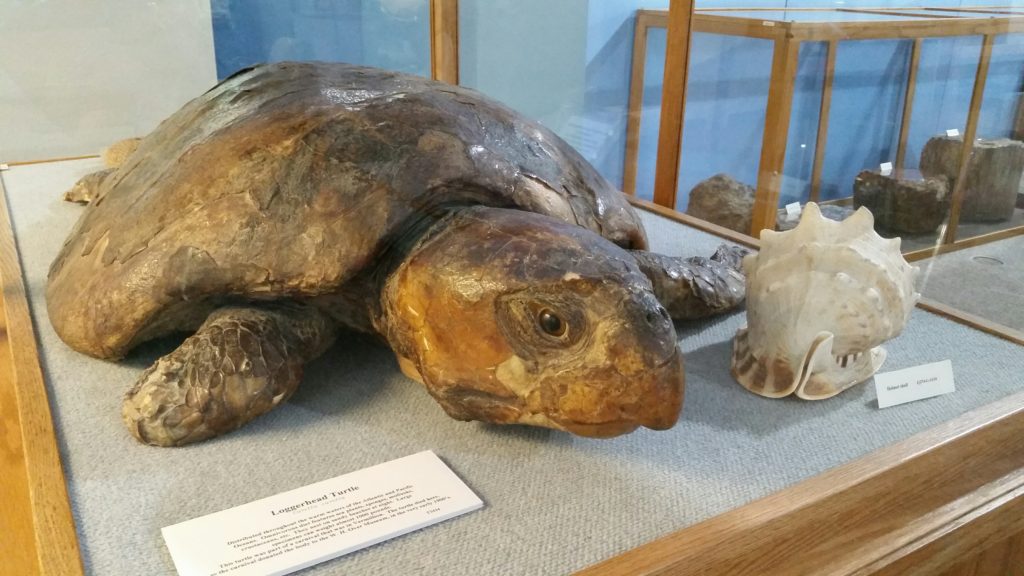
Along with extinct prehistoric fossilized organisms, petrified tree stumps, gemstones, quartzite, and crystals line the walls. All tell a story of what South Dakota used to look like before modern civilization.

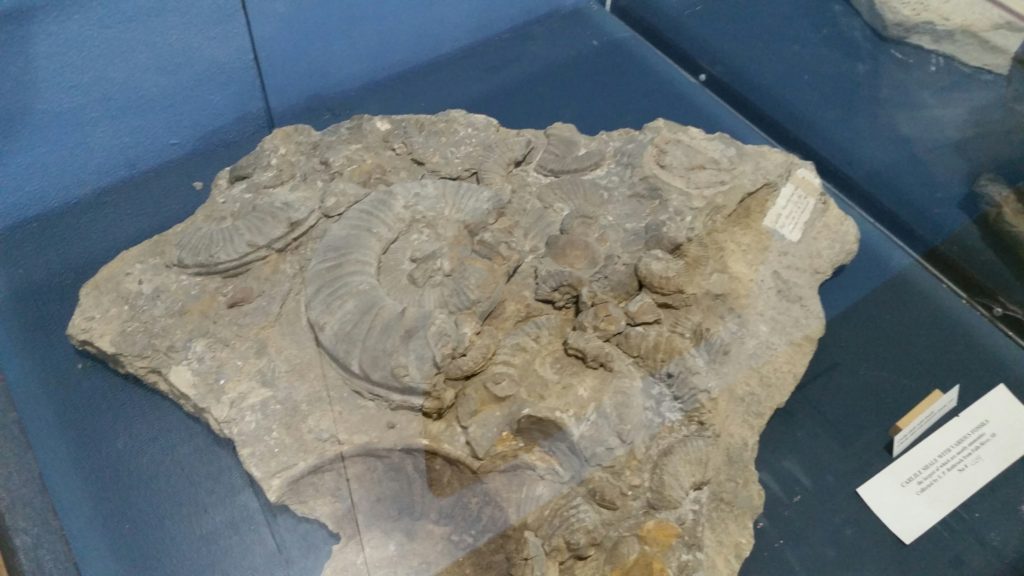
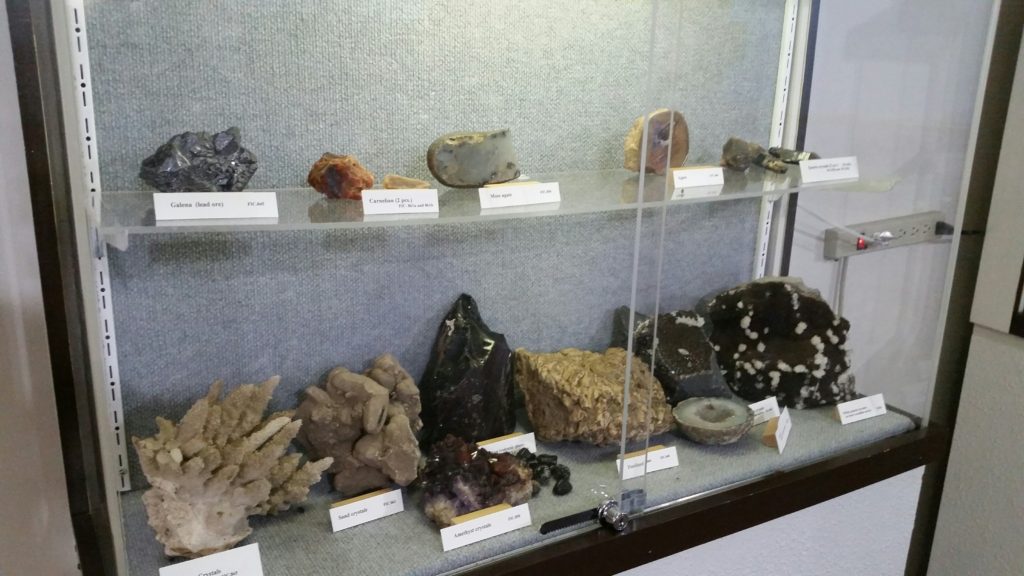
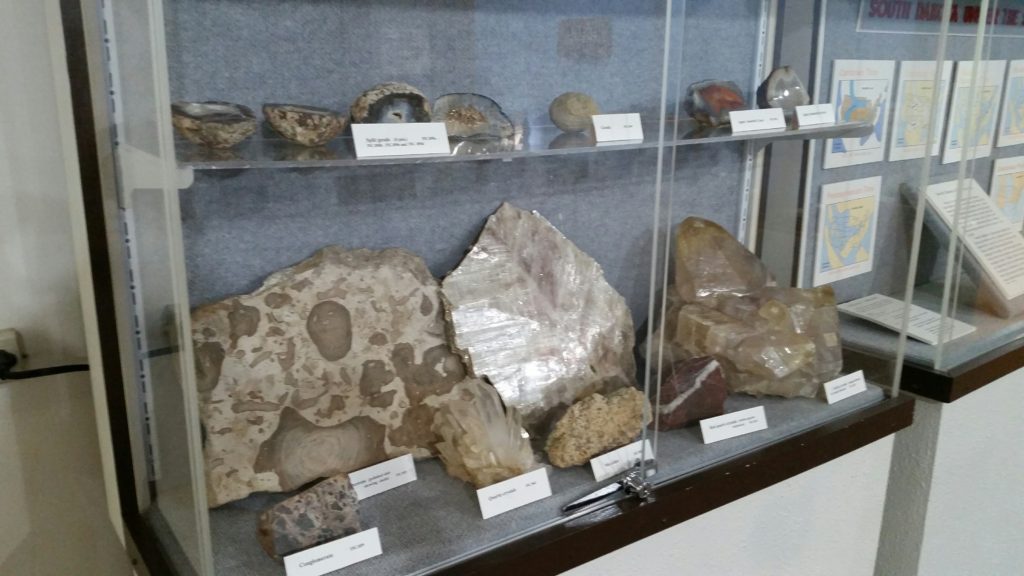
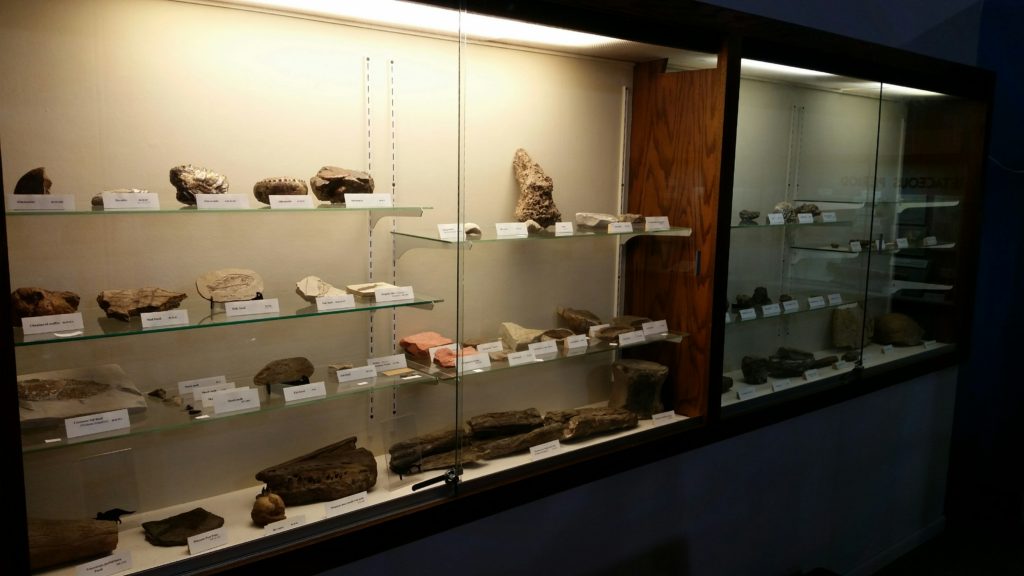
canes and cameras
Did you know there were so many diverse and unique canes? And that they served differing purposes? I was quite intrigued when I came upon this simple, but informative exhibit.
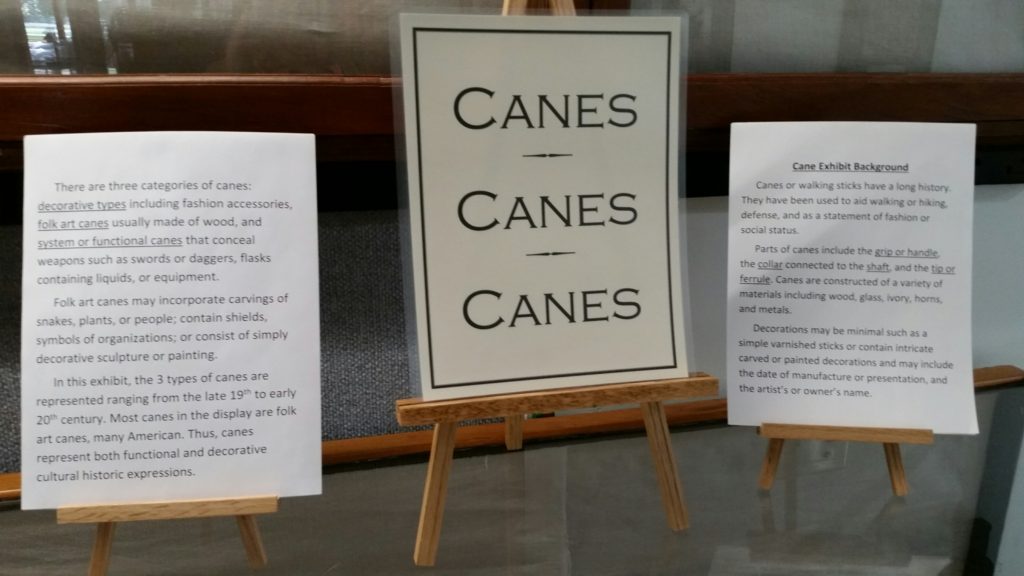
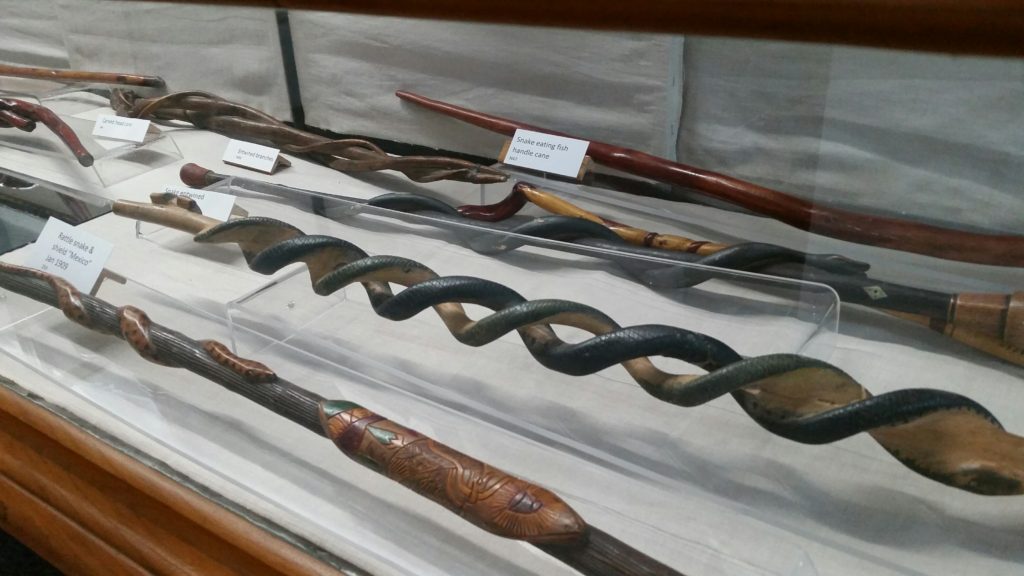
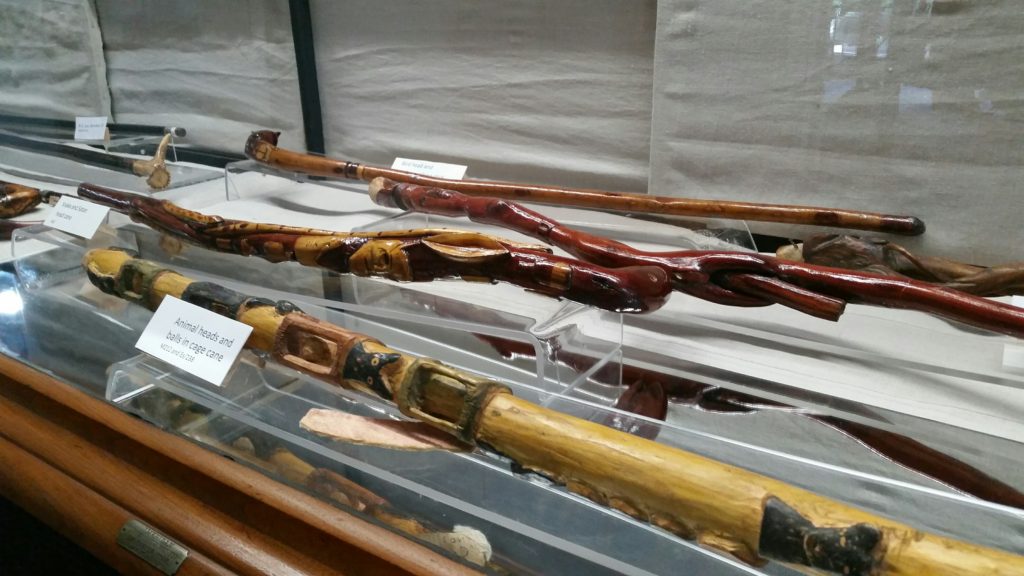
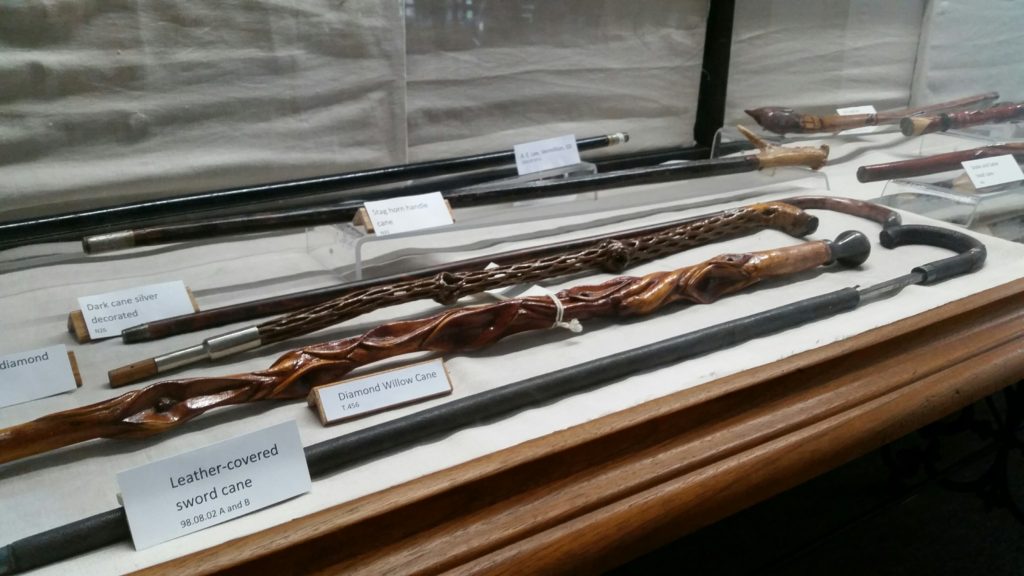
I learned the simplistic purpose of a daily-use cane, all the way to a sword cane, and ones that are solely used as decorative accessories to costumes.
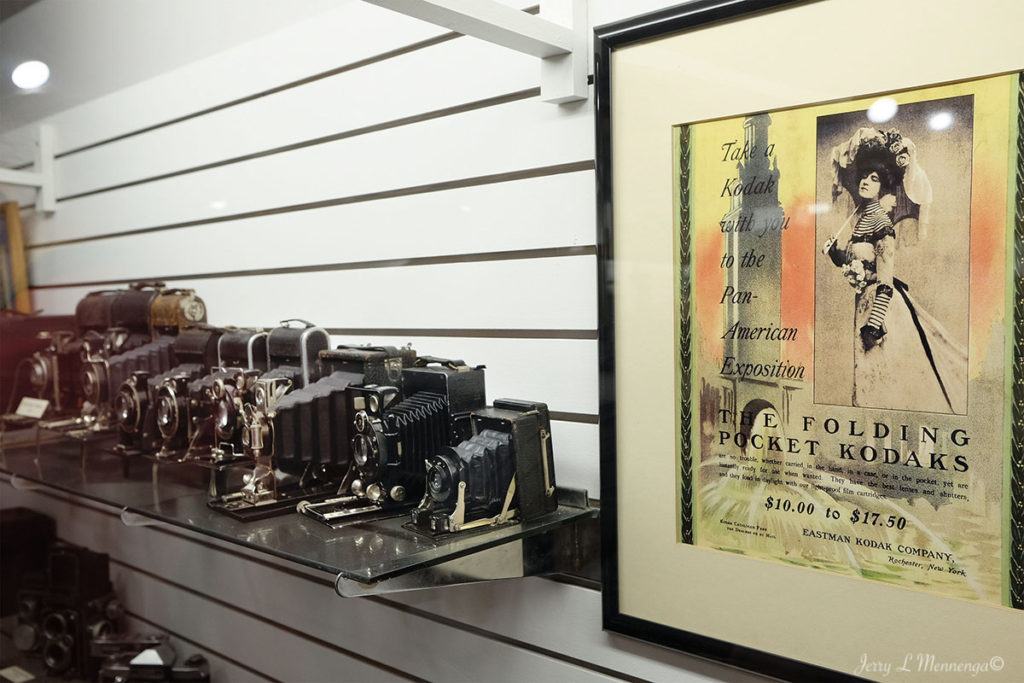
From miniature spy cameras to a historical overview of the Kodak brand, multiple relics are displayed in the camera room. Depicting the importance and significance film and photography has aided in forming our vision of the world around us.
Handmade tools and Heritage rooms
Antique and colonial tools line the wall adjacent to a 8 foot by 10 foot tiny house, built by a Norwegian ship builder in 1882 to house his family of nine!
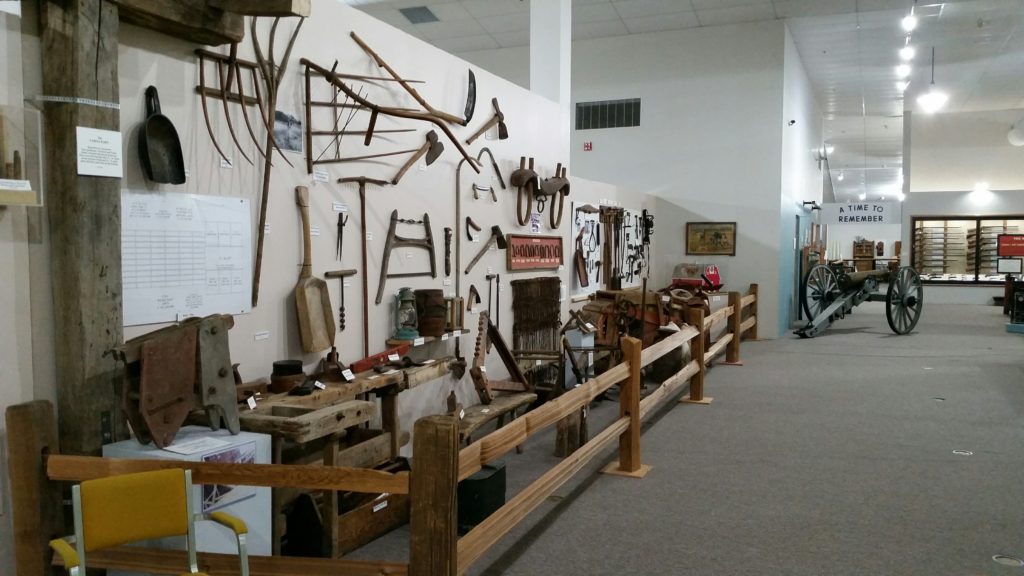
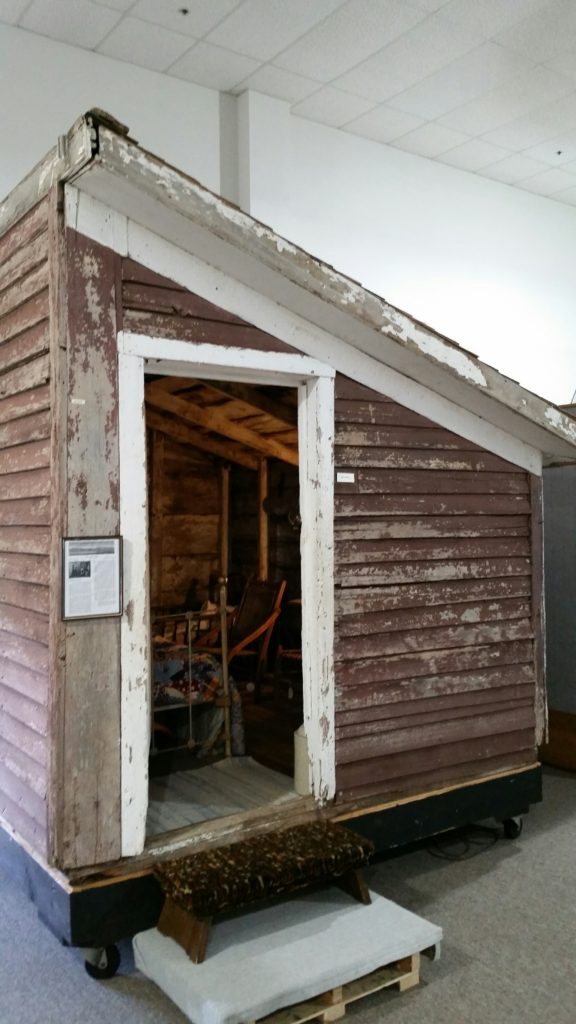

A one-room school house, and heritage rooms, greet you as you make your way all the way to the back of the museum. Turn-of-the century life is depicted in detailed recreations, from a routine daily home life, to a beauty parlor, and even a broom factory.
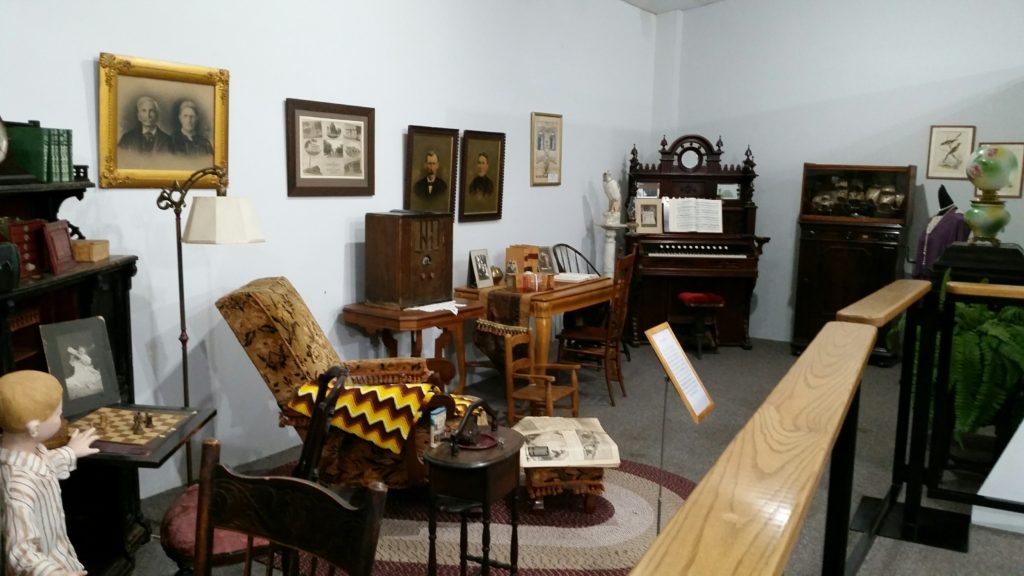
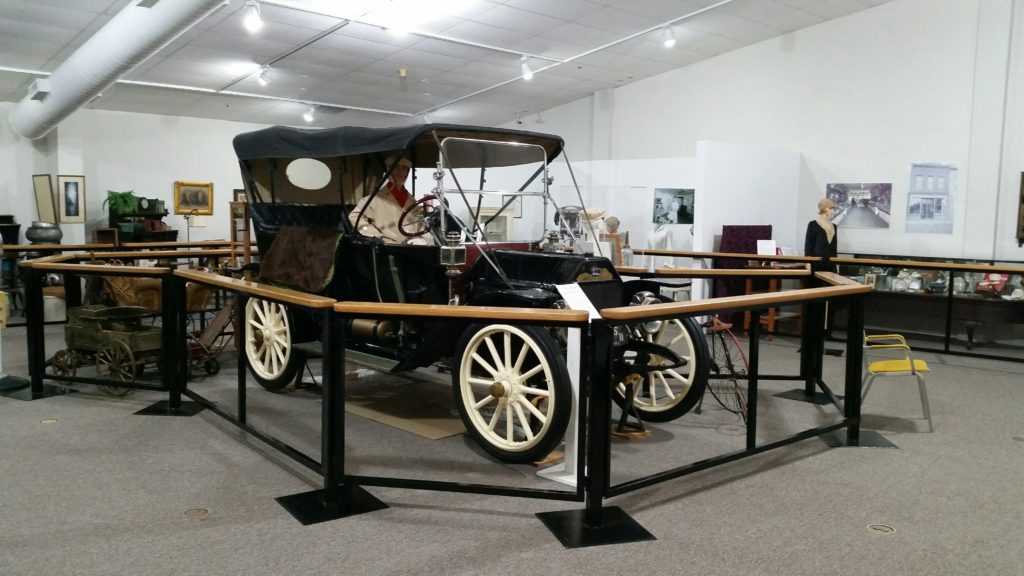

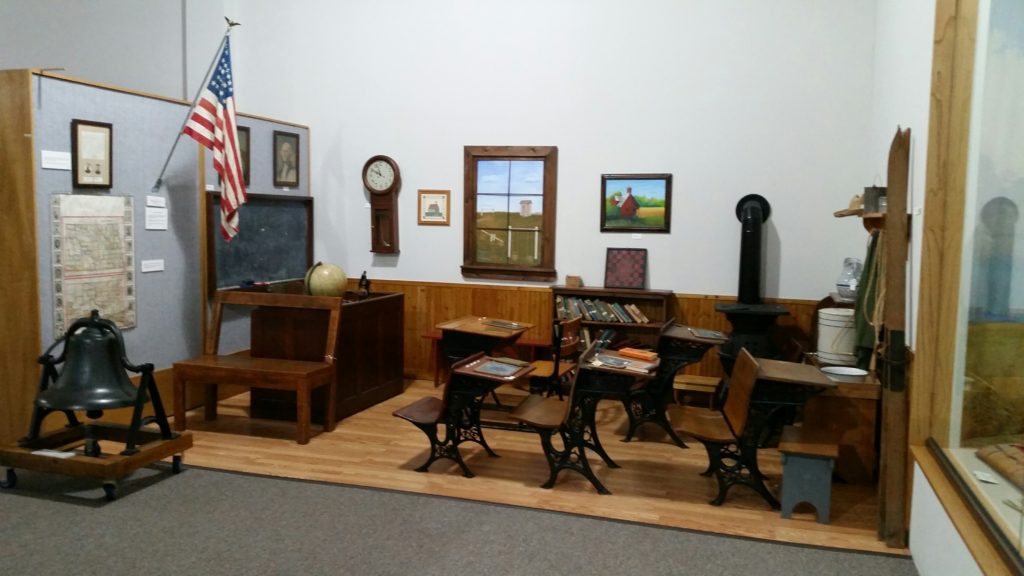
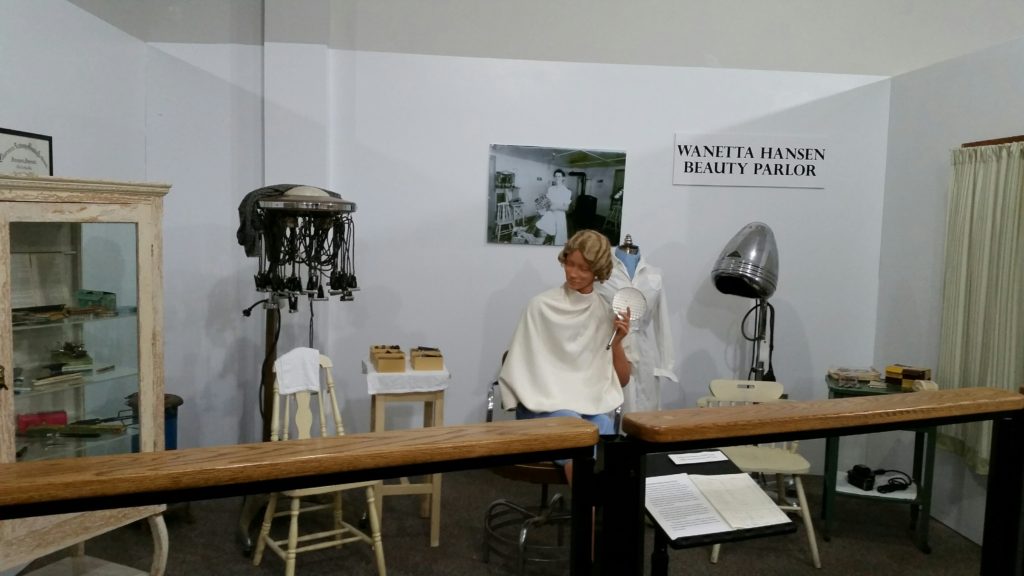
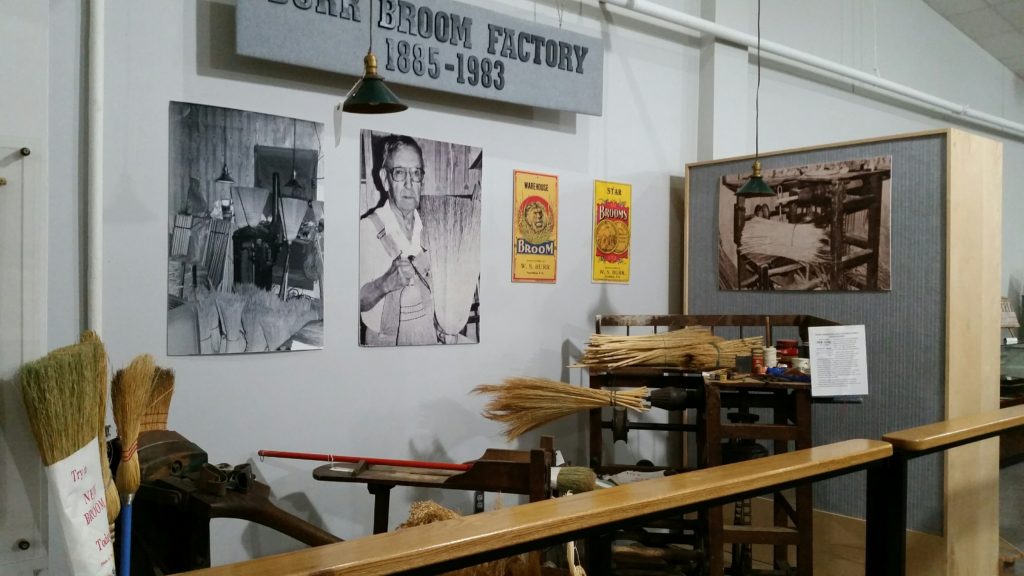
Volunteer ran
There is so much more to see, pictures truly do not do it justice. Relying heavily on its dedicated volunteers, you begin to appreciate this labor of love, and the various individuals who must painstakingly devote hours of research and exhibit design.
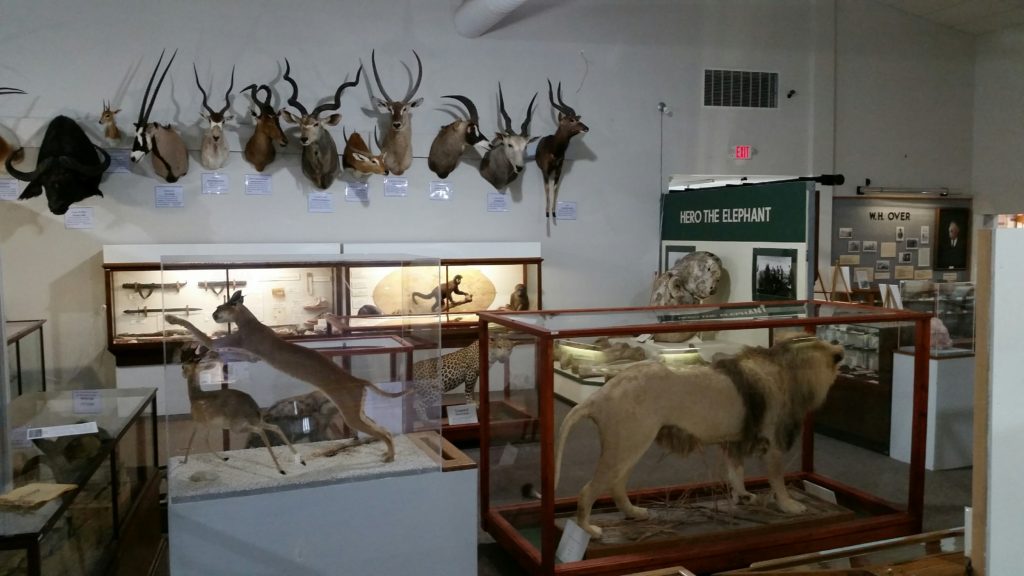

further reading
Visit Plain Talk’s article, and read up on a detailed timeline of all the changes the museum has undergone since it’s humble beginnings in 1883: https://www.plaintalk.net/local_news/article_c00eea92-b2ad-11e8-bd6a-432a428f2c38.html
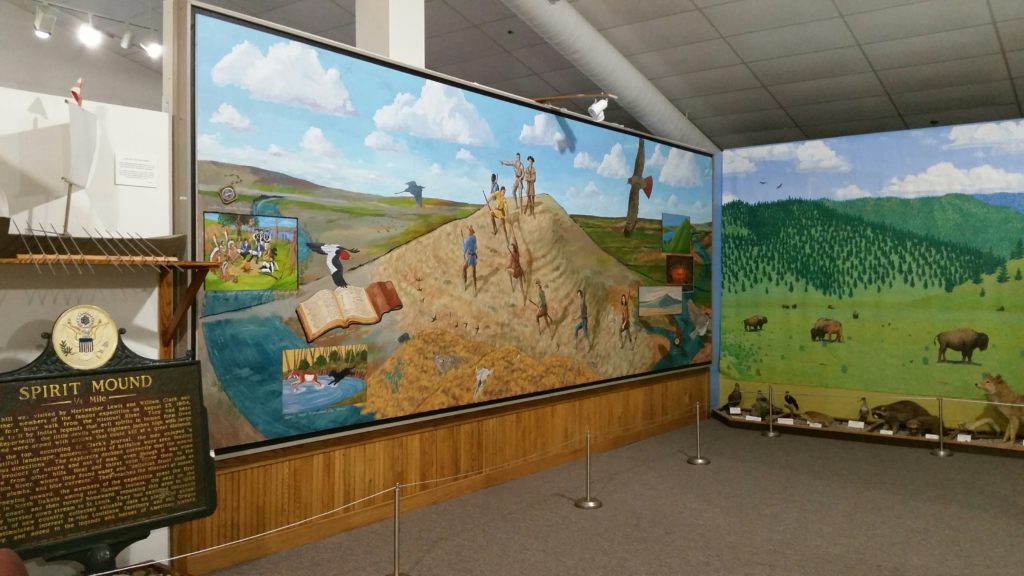
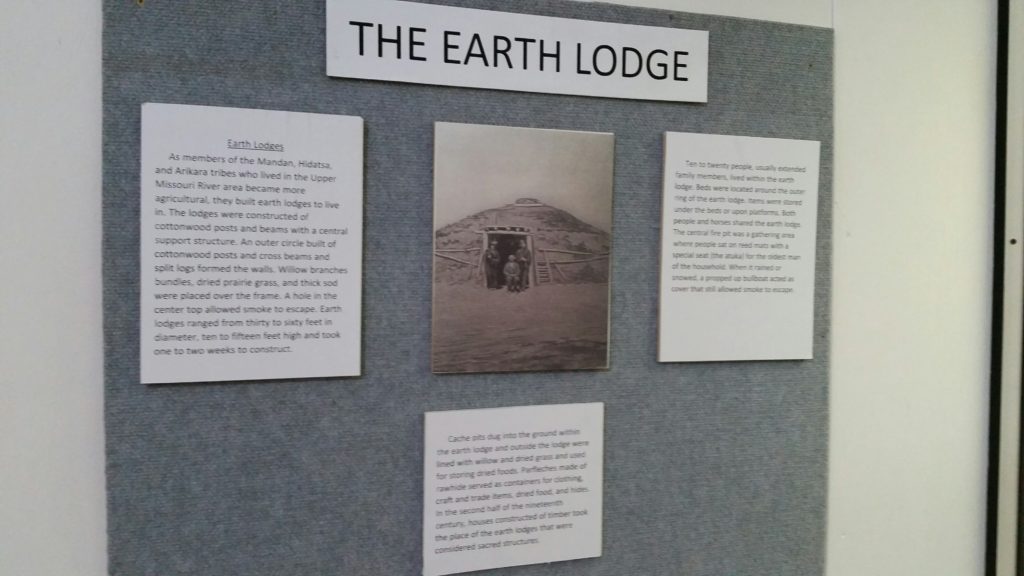
In addition, if you want to read about the museum’s mummy and her sarcophagus, visit the article written by The Volante: http://volanteonline.com/2015/04/the-hidden-gem-of-vermillion/
final thoughts
I was surprised with the artistic creativity of the exhibits, the quality of artifacts, and the plethora of historical items that are encompassed within the W.H. Over Museum. I’m so very pleased to see the University of South Dakota maintain this wonderful addition to the city of Vermillion.
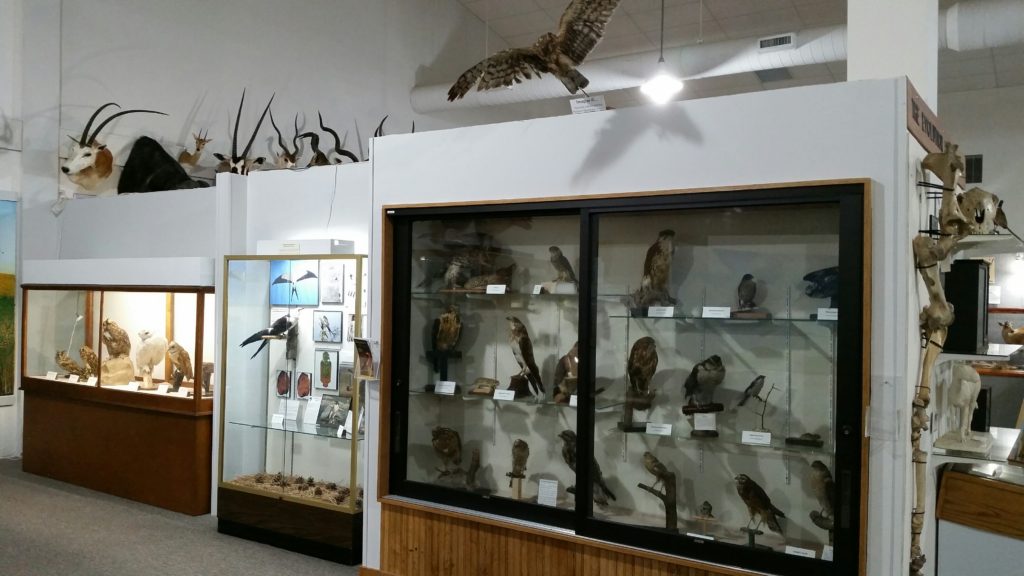

plan your visit
Finally, there is a lot of history to study in South Dakota, and I hope you are able to make your way up to Vermillion to witness a glimpse of life in the Dakota Territory.
605-659-6151
1110 N University St.
Vermillion, SD 57069
Mon-Sat: 10am to 4pm
Sunday: Closed
